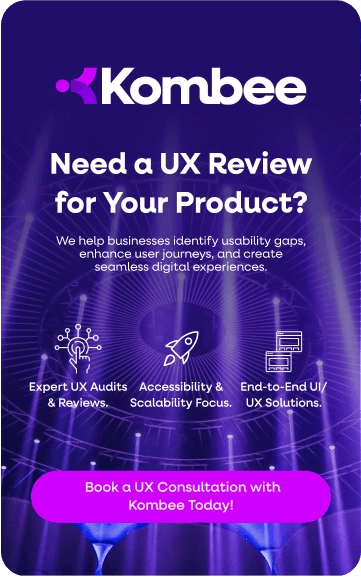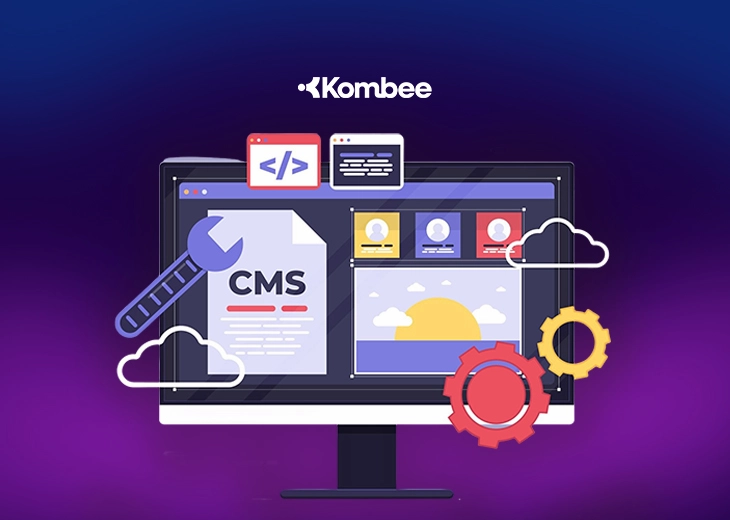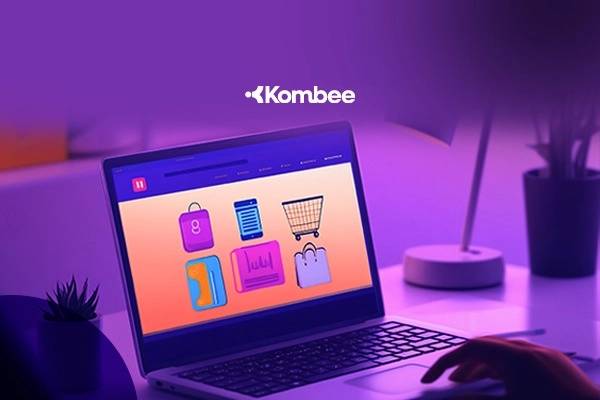Introduction
Do you have multiple channels to distribute content and find yourself losing control of how this content is being published? Are you seeking an efficient content management solution for a fast-paced, rapidly evolving digital world? In this sense, Sanity, an enterprise headless CMS, presents the power to meet the evolving needs of businesses seeking flexibility, performance, and control across platforms. With a powerful set of headless CMS features, Sanity delivers tailored solutions for content-driven teams. Whether you're running mobile apps, websites, or IoT — this is Sanity headless in action..
In this blog, let’s dig deeper into the main features, advanced architecture, and enterprise-ready functionalities of Sanity CMS to understand why it has been a game-changer for organisations.
What makes Sanity CMS unique?
Sanity CMS is not a traditional CMS. It is a headless CMS that decouples content management from presentation, allowing unmatched omnichannel delivery flexibility. Be it websites, apps, or IoT devices, Sanity will enable you to deliver consistent, personalised, and scalable experiences.
1. A Flexible Headless Architecture for Modern Enterprises
Sanity's headless architecture separates the backend content repository from the frontend, allowing developers to use their preferred tools and frameworks like React, Vue.js, or Angular.
Key benefits include:
- Omnichannel Delivery: Deliver your content flawlessly across websites, apps, and devices, presenting it consistently everywhere.
- Custom Frontends: Developers can build distinct user interfaces independently of the CMS backend.
This flexibility makes Sanity a strong choice as a headless CMS enterprise solution, where custom workflows and fast time-to-market matter. Its architecture also supports scalable Sanity CMS development for companies evolving with high-content demands.
2. Structured Content for Easier Manageability
Businesses can easily plan to control unruly content. Among the most useful Sanity CMS features is its structured content system, which lets you define custom schemas and modular content blocks, perfect for large-scale enterprise use.
Here's how it works:
- Custom Schema Definition: Define types of content like articles, products, or events with specific fields (text, images, references) using schemas in JavaScript.
- Reusable Content Blocks: Modularise components like headers or CTAs, making maintenance easier across the platforms.
This simplifies the management and, at the same time, increases collaboration between teams. Sanity, by breaking the content into reusable parts, ensures that efficiency and scalability are guaranteed in enterprises handling varied datasets.
3. Real-time Collaboration and Version Control
Sanity excels in allowing teams to work together seamlessly with real-time editing capabilities.
Key features include:
- Live Editing: Multiple users can edit the same document simultaneously, with changes appearing instantly across all interfaces. This reduces version conflicts and increases productivity.
- Version History: Sanity automatically tracks all changes, allowing teams to review, revert, or restore previous versions when necessary.
For a global team, which an enterprise will manage, it ensures real-time functionality, keeping everyone transparent and with smooth workflows.
4. GROQ: The Power of Advanced Querying
Sanity's custom querying language, GROQ, specifically handles structured content efficiently.
Why GROQ matters:
- Flexible filtering: Exactly get the data you need without unnecessary overhead.
- Projection capabilities: Request just the fields needed for optimised performance, reducing the time it takes to transfer the data.
This advanced querying system enables quick data retrieval even with complex content models, allowing enterprises to take a competitive lead in handling vast volumes of data.
5. Seamless Integration into Your Ecosystem
Sanity's API-first approach makes integrating third-party tools and platforms simple, thereby creating a single ecosystem for your business operations.
Key integration features:
- RESTful API and GraphQL Support: Fetch data efficiently for any frontend application.
- Webhooks for Automation: Automate workflows by kicking off external actions (like updating marketing tools once new content is published).
Sanity ensures seamless interoperability for enterprises dependent on Shopify, HubSpot, or Google Analytics. A Sanity CMS development agency can further optimize these integrations, ensuring you streamline your workflows and data pipelines effectively.
6. Performance and Scalability at its Core
Speed and scalability matter in a highly competitive digital space, and Sanity takes that into account with powerful performance optimisation tools:
- Global CDN: Content delivered to end-users worldwide without latency, giving them a smooth experience regardless of location.
- Image Optimisation: It generates responsive images according to device capability, reduces the load time, and increases the user experience.
7. Built-In Localisation for Global Enterprises
Expansion into new markets involves managing multilingual content. Sanity makes this easy with comprehensive localisation features:
- Localised Content Versions: Keep multiple language versions of the same document without duplicating efforts.
- Locale-Specific Fields: Customise specific fields for each region while unifying the overall structure.
With these features, Sanity empowers businesses to deliver consistent, culturally relevant experiences across diverse markets, enhancing their global presence.
8. Enterprise-Grade Security and User Management
Security is the prime concern for businesses, and Sanity delivers with its advanced features such as:
- Granular Access Control: It enables assigning roles and permissions at a detailed level to ensure only authorised users can access or edit content
- Audit Logs: Track all user actions within the CMS to maintain transparency and compliance.
- Data Encryption: Ensure that all content is encrypted at rest and in transit, safeguarding all sensitive information.
These measures make Sanity an ideal choice for businesses handling critical data, ensuring security and peace of mind.
Conclusion
With a flexible, future-proof content management solution, businesses must keep pace with this digital evolution. Sanity Headless CMS innovates in terms of architecture, enables real-time collaboration, and allows integration to new standards. From global content management, personalised user experience, or new market scalability, Sanity will allow you to make your workflow much more manageable while being impactful on any platform.
Looking to advance your content strategy? Looking to advance your content strategy? Kombee is a trusted Sanity agency and team of Sanity CMS experts that helps enterprises unlock the full power of Sanity CMS development. From implementation to optimization, we bring deep experience with Headless Sanity architecture to help you scale content operations and meet enterprise goals.
Frequently Asked Questions
1. What is a headless CMS and why choose Sanity for enterprises?
A headless CMS separates content management from presentation, allowing businesses to deliver content across multiple channels. Sanity offers flexibility, scalability, and advanced collaboration tools, making it ideal for enterprise needs.
2. How does Sanity CMS improve collaboration and content management?
Sanity allows real-time editing, version control, and modular content blocks, enabling teams to work simultaneously without conflicts. Structured content and custom schemas make managing large-scale enterprise content simple and efficient.
3. Can Sanity CMS integrate with existing enterprise tools and systems?
Yes. Sanity offers API-first architecture with RESTful API, GraphQL support, and webhooks. This ensures seamless integration with platforms like Shopify, HubSpot, or Google Analytics, streamlining workflows and data pipelines for enterprises.







